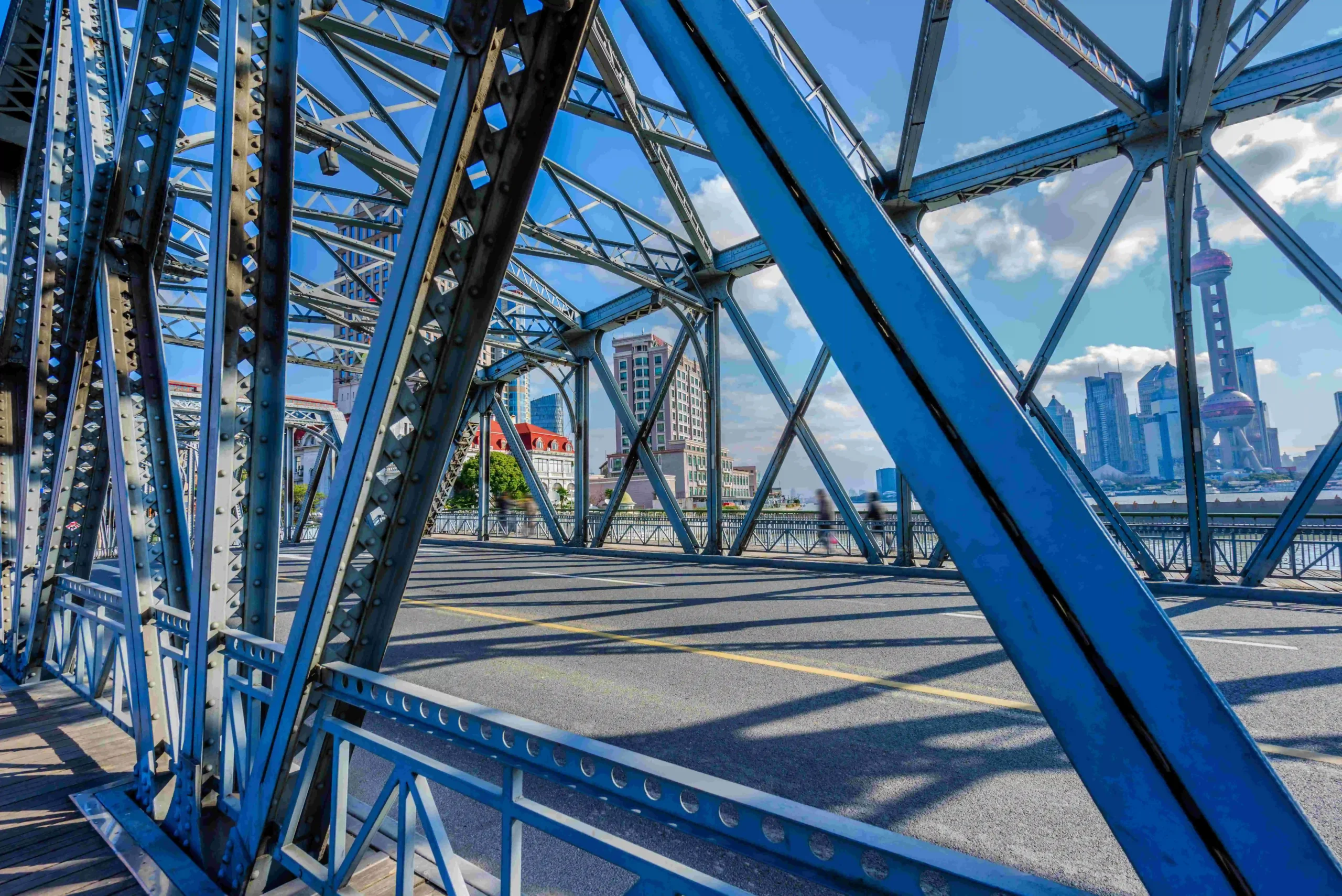
Contact us at the Consulting WP office nearest to you or submit a business inquiry online.
Structural/ non Structural Steel Fabrication
Steel fabrication is a vital process in construction that involves cutting, shaping, and assembling steel to create structures or components for buildings and infrastructure. Steel is a preferred material due to its strength, durability, and versatility. Steel fabrication can be categorized into two main types: structural and non-structural.
Structural Steel Fabrication:
Structural steel fabrication refers to the creation of steel components that form the backbone of a building or infrastructure project. These components are designed to bear loads and provide structural integrity, ensuring that the building can support itself and any additional forces, such as wind, seismic activity, or the weight of occupants and equipment.
Key Components:
Beams: Horizontal steel members that support loads.
Columns: Vertical steel members that transfer loads from beams and slabs down to the foundation.
Trusses: Frameworks that support roofs or bridges.
Girders: Large steel beams that support smaller beams or other structures.
Applications: Structural steel is used in the construction of skyscrapers, bridges, industrial buildings, warehouses, and other large structures. Its high strength-to-weight ratio makes it ideal for creating expansive spaces with minimal support columns.
Fabrication Process: Structural steel fabrication involves cutting steel plates or sections to the desired size, welding or bolting them together, and assembling them on-site. The process requires precision and adherence to strict safety and quality standards to ensure the structural integrity of the building.
Non-Structural Steel Fabrication:
Non-structural steel fabrication involves the creation of steel components that do not bear structural loads but serve other important functions within a building. These elements are typically more focused on aesthetics, utility, or specific functionalities.
Key Components:
Steel Railings and Staircases: Used for safety, accessibility, and design elements within a building.
Architectural Features: Decorative steel elements such as facades, cladding, and ornamental structures.
Steel Doors and Windows: Provides security, durability, and often an industrial aesthetic.
Partitions and Frames: Used in interior spaces for non-load-bearing walls or to frame glass and other materials.
Applications: Non-structural steel is used in both residential and commercial projects for items like staircases, handrails, fences, gates, and decorative elements. It is often chosen for its ability to combine functionality with a modern or industrial aesthetic.
Fabrication Process: The fabrication of non-structural steel involves similar techniques as structural steel, such as cutting, welding, and finishing, but with more focus on detail and design. These elements may be fabricated to custom specifications and are often treated or coated to enhance appearance and durability (e.g., powder coating, galvanization).
Coordination Between Structural and Non-Structural Steel:
In many construction projects, structural and non-structural steel components need to be coordinated to ensure a seamless integration of load-bearing and aesthetic elements. For example, steel staircases may need to be anchored to structural beams, and decorative facades may be attached to structural steel frameworks.
Steel fabrication plays a critical role in modern construction, providing both the strength and flexibility needed to create innovative and resilient buildings. Whether for structural integrity or aesthetic appeal, steel fabrication is essential to the construction industry.



